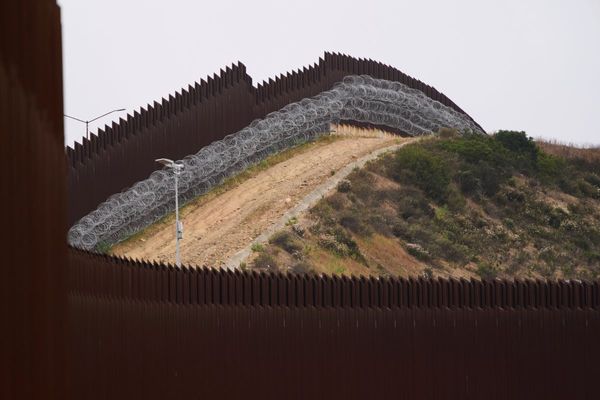- Nasa's Curiosity Rover has captured images of coral-like and flower-shaped rocks on Mars, estimated to be billions of years old.
- On 24 July, the rover sent images of a one-inch wind-eroded rock resembling a piece of coral, found in the Gale Crater, which Nasa said “are already raising new questions about how the Martian surface was changing billions of years ago”.
- NASA explains these unique formations resulted from liquid water depositing hardened minerals in rock cracks as it dried up billions of years ago.
- The distinctive shapes are now visible due to eons of sandblasting by Martian wind, which wore away softer rock but left resistant minerals.
- The Curiosity Rover, which landed in 2012, continues to gather data and has found evidence of past habitable environments and potential microbial life on Mars.
IN FULL







